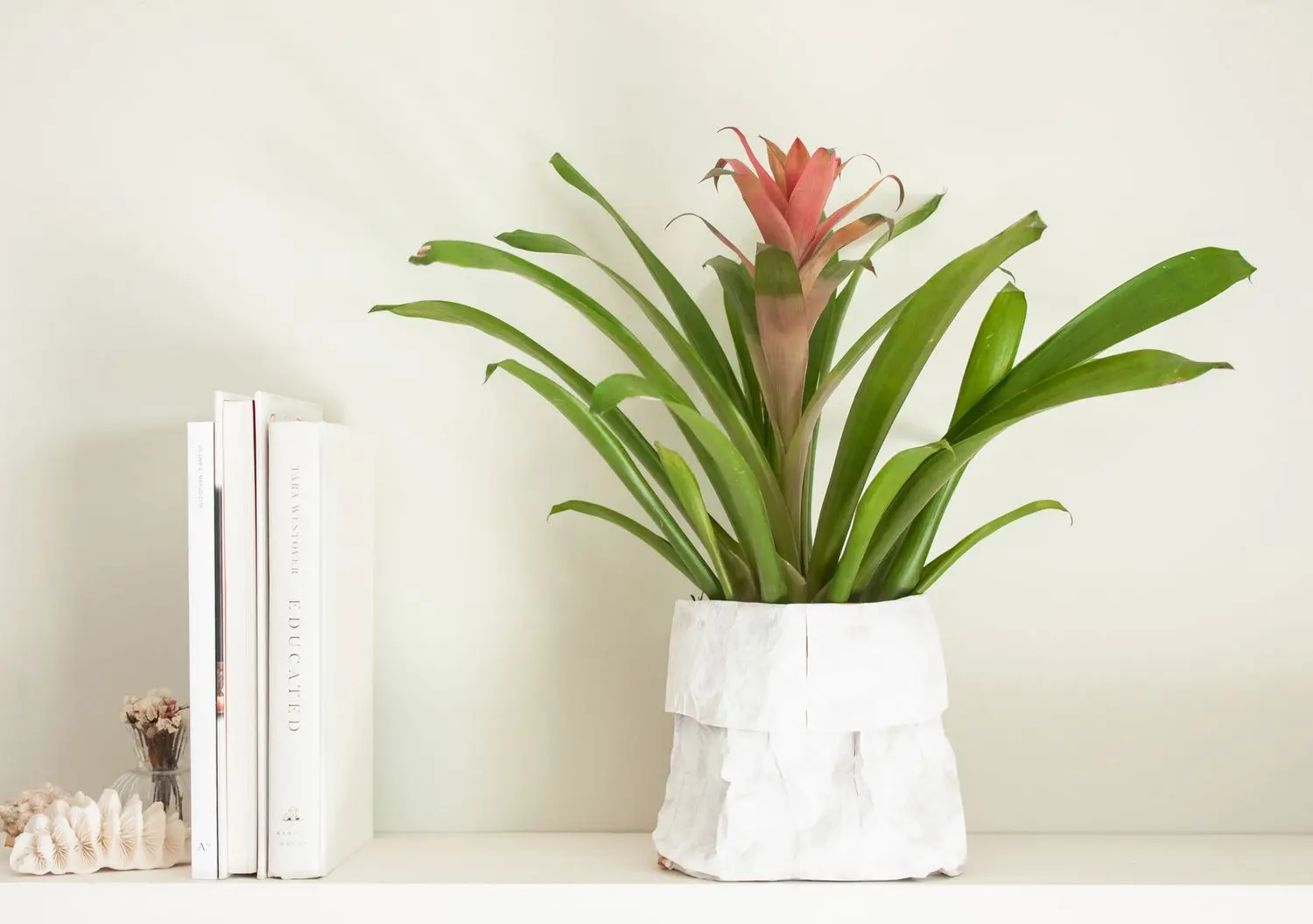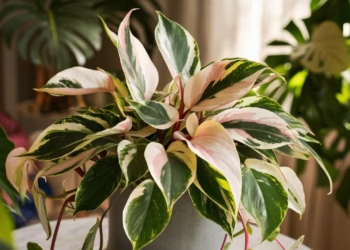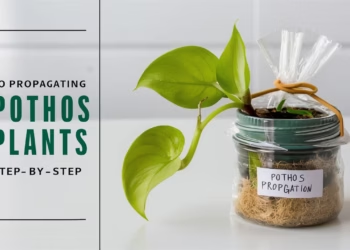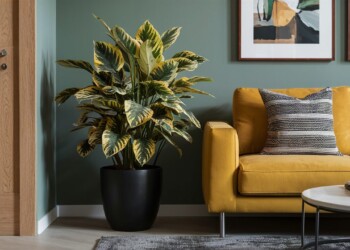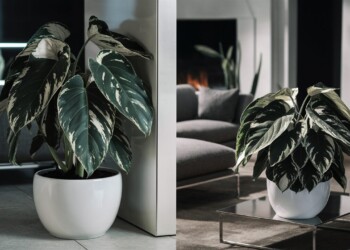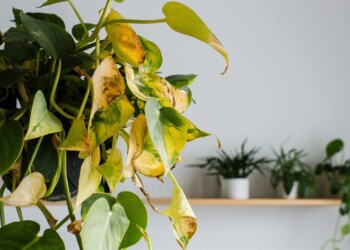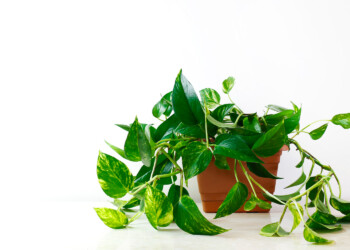Welcome to the world of bromeliads, where vibrant colors and exotic shapes enliven indoor spaces! Bromeliads are not just your average houseplants; they’re a statement piece, a conversation starter, and a source of endless fascination. But to keep these botanical beauties thriving indoors, you need more than just a green thumb. That’s where we come in! In this comprehensive guide, we’ll delve into everything you need to know about bromeliad care indoor instructions: all you need to Know. So, grab your gardening gloves and let’s dive in!
Table of Contents
Understanding Bromeliads: A Brief Overview
Before we plunge into the nitty-gritty of bromeliad care indoor instructions: all you need to Know, let’s get acquainted with these unique plants. Bromeliads belong to the Bromeliaceae family, which encompasses over 3,000 species, ranging from the iconic pineapple plant to the colorful Guzmania and the striking Tillandsia. Originating from tropical regions of the Americas, bromeliads have adapted to diverse habitats, making them surprisingly resilient houseplants.
What Makes Bromeliads Special?
- Exotic Appearance: With their vibrant hues, intricate patterns, and diverse shapes, bromeliads add an instant touch of tropical allure to any indoor space.
- Air-Purifying Properties: Beyond their aesthetic appeal, bromeliads are renowned for their air-purifying abilities, helping to improve indoor air quality by filtering out toxins.
- Low Maintenance: Despite their exotic appearance, many bromeliad species are surprisingly low-maintenance, making them ideal for busy plant enthusiasts.
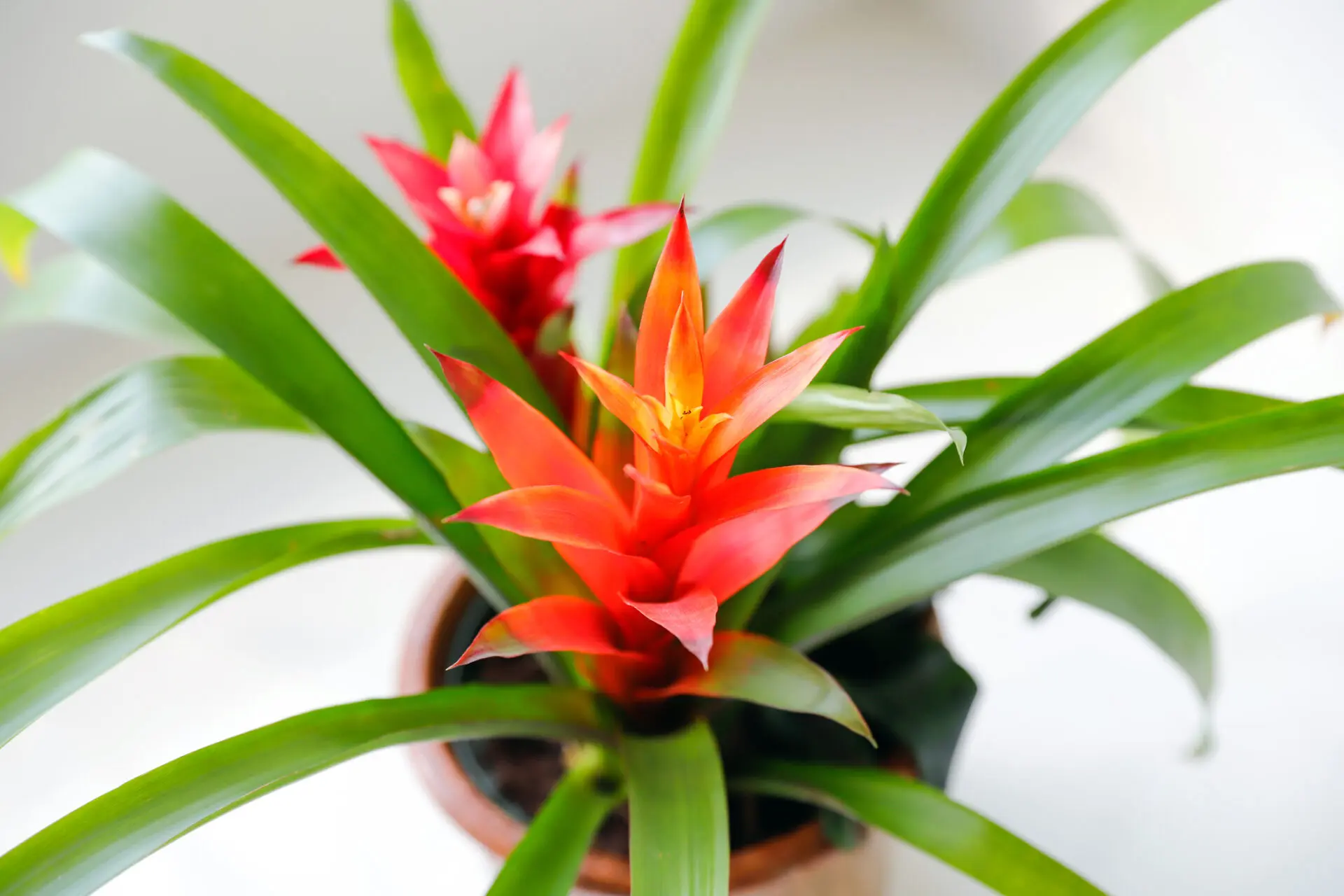
Selecting the Perfect Bromeliad: A Buyer’s Guide
Ready to add a pop of tropical flair to your indoor oasis? Before you rush off to the nearest nursery, it’s essential to choose the right bromeliad for your home. Here’s what to look for when selecting the perfect plant:
Consider Your Space and Lighting
- Light Requirements: Different bromeliad species have varying light preferences. While some thrive in bright, indirect light, others prefer more shaded conditions. Assess the lighting conditions in your home and choose a bromeliad species that matches your space.
- Size Matters: Bromeliads come in a range of sizes, from petite varieties suitable for windowsills to towering specimens that make a statement in larger rooms. Consider the available space in your home and select a size that complements your décor.
Assessing Plant Health
- Inspect the Foliage: Look for vibrant, healthy foliage free from discoloration, spots, or pests. Avoid plants with yellowing or wilted leaves, as these may indicate underlying issues.
- Check the Roots: Peek beneath the soil to inspect the roots. Healthy roots should be firm, white, and free from signs of rot or decay.
Choosing the Right Container
- Drainage is Key: Opt for containers with adequate drainage holes to prevent waterlogged soil, which can lead to root rot. Alternatively, consider mounting epiphytic bromeliads, such as Tillandsia, on driftwood or other decorative surfaces.
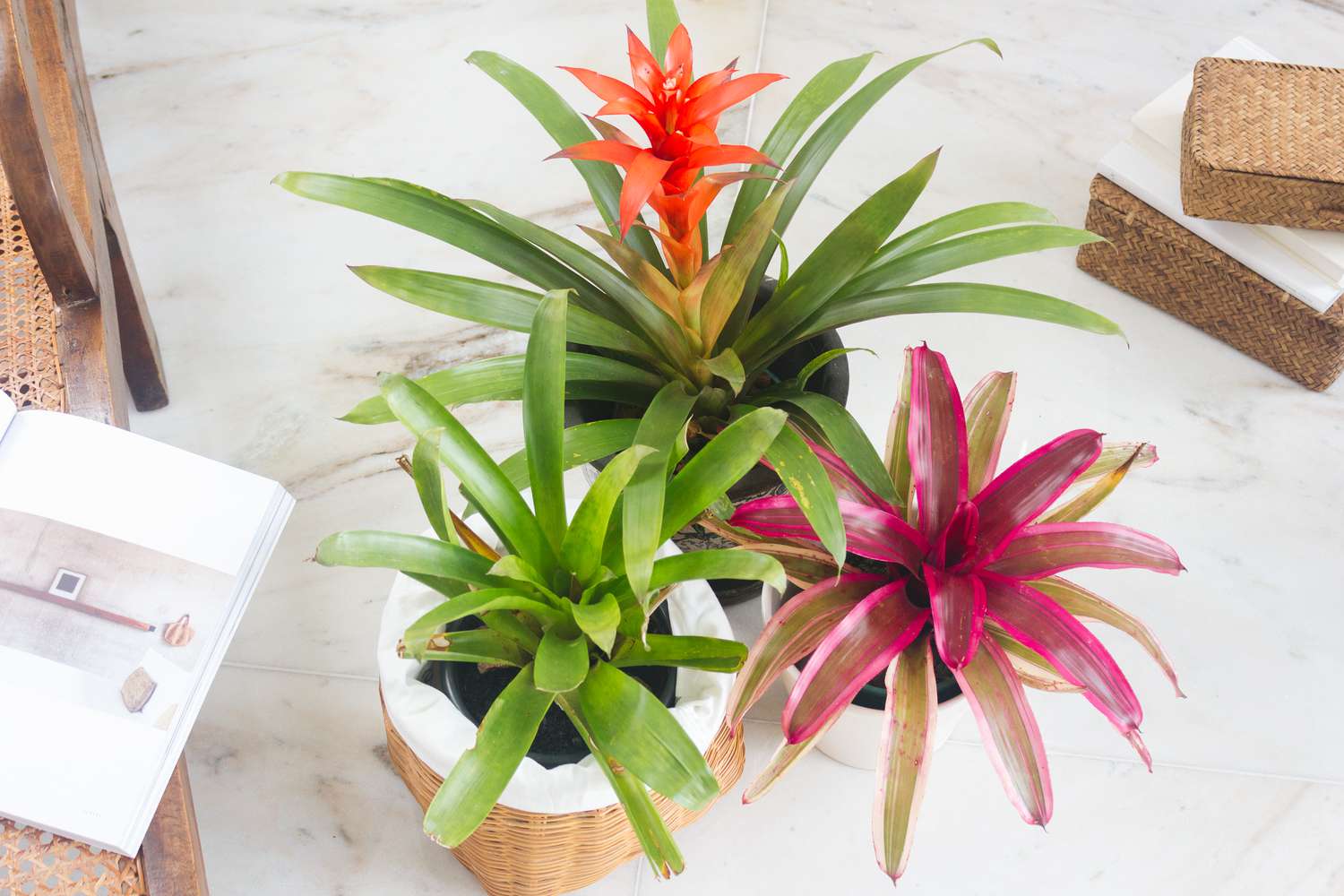
Bromeliad Care Indoor Instructions: Bromeliad Care
Now that you’ve selected the perfect bromeliad for your indoor sanctuary, it’s time to dive into the essential care instructions to keep your plant thriving. From watering to fertilizing, here’s everything you need to know:
Bromeliad Light Requirements
- Bright Indirect Light: Most bromeliads prefer bright, indirect light. Place your plant near a north or east-facing window where it can receive ample sunlight without being exposed to direct rays, which can scorch the leaves.
- Adjust for Species Variations: Some bromeliad species, such as Guzmania and Neoregelia, tolerate lower light conditions, while others, like Aechmea and Vriesea, thrive in brighter light. Research the specific light requirements of your bromeliad species for optimal growth.
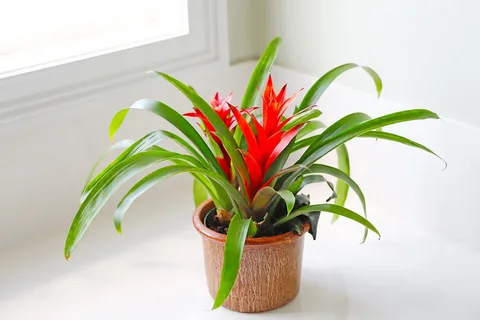
Watering Guidelines
- Moderation is Key: Avoid overwatering your bromeliad, as excessive moisture can lead to root rot. Allow the top inch of soil to dry out between waterings, then thoroughly moisten the soil, ensuring that excess water drains away.
- Water Quality Matters: Use room temperature, filtered water or rainwater to avoid mineral buildup in the soil, which can harm sensitive bromeliad roots.
- Watering Frequency: In general, bromeliads require less frequent watering than traditional houseplants. Aim to water your bromeliad once every 1-2 weeks, adjusting based on environmental factors such as humidity and temperature.
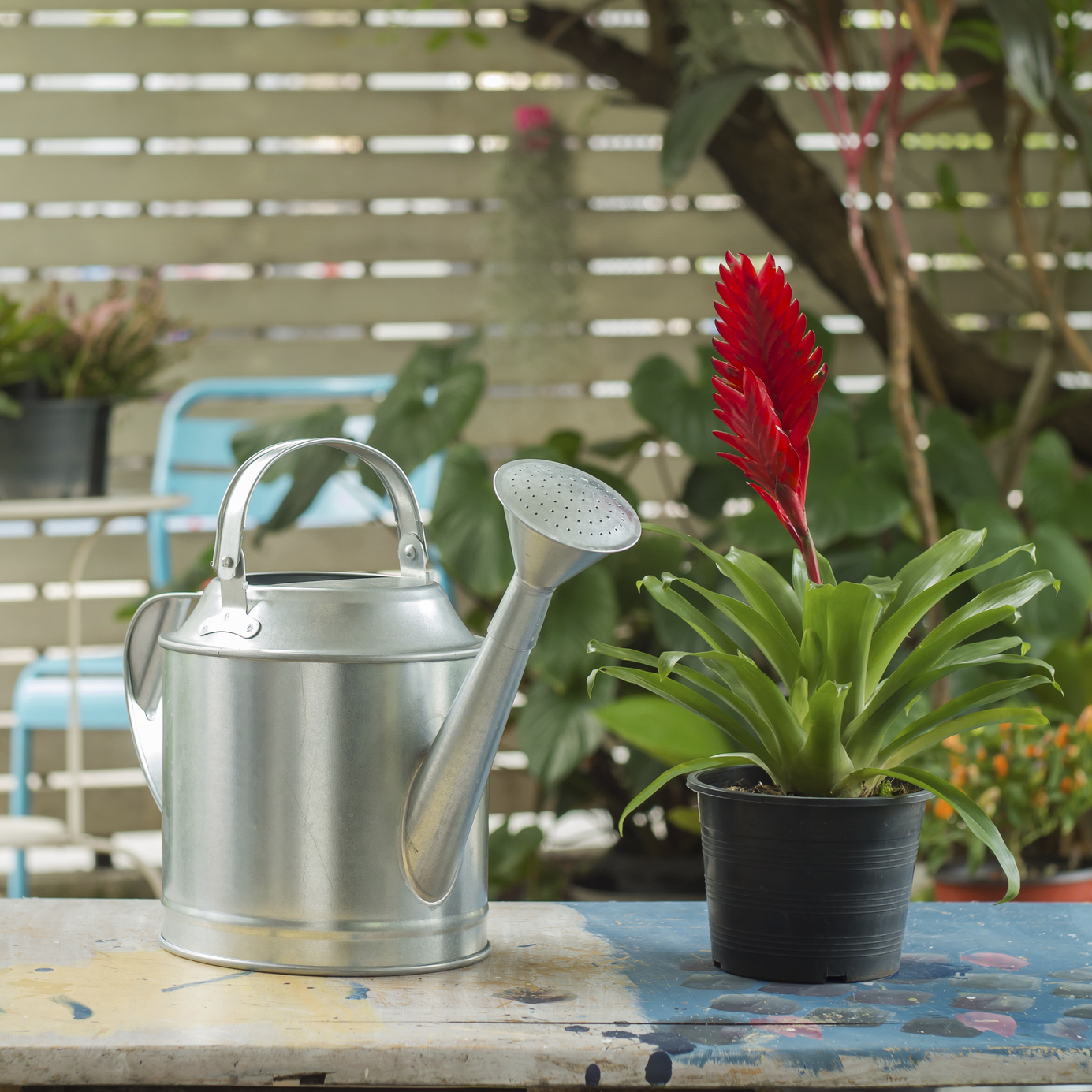
Humidity and Temperature
- Tropical Environment: Bromeliads thrive in humid environments reminiscent of their native tropics. To mimic these conditions indoors, place your plant on a humidity tray filled with pebbles and water, or use a room humidifier to maintain optimal humidity levels.
- Temperature Tolerance: Most bromeliad species prefer temperatures ranging from 60°F to 80°F (15°C to 27°C). Avoid exposing your plant to temperature extremes or drafts, which can stress the plant and inhibit growth.
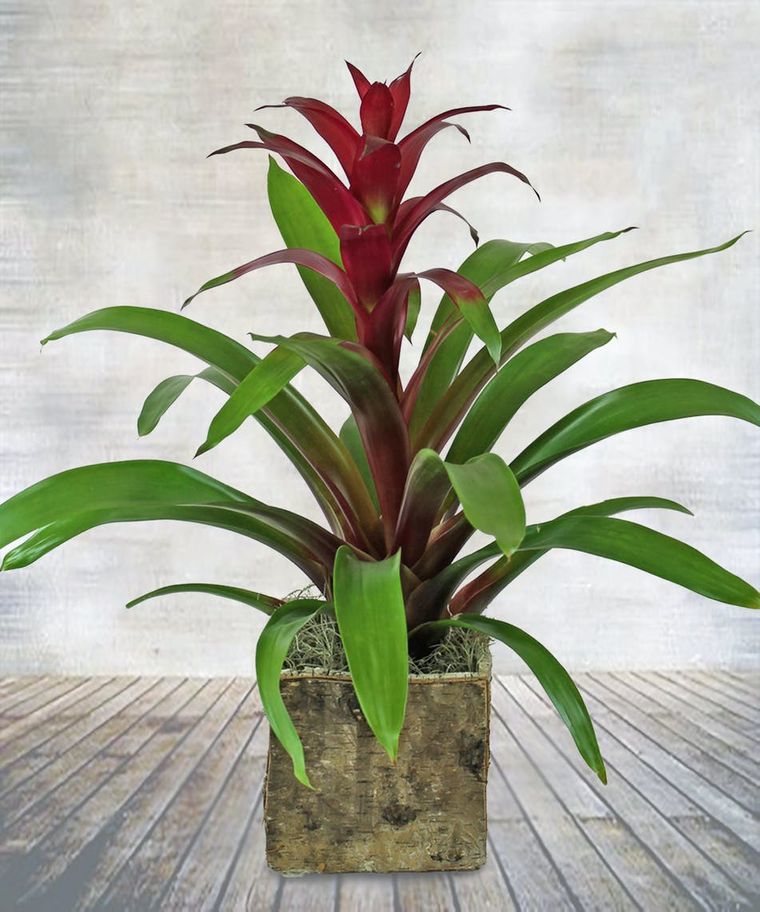
Fertilizing Routine
- Minimalist Approach: Bromeliads have modest fertilizing needs compared to other houseplants. Use a balanced, water-soluble fertilizer diluted to half strength, applying it to the soil once a month during the growing season (spring and summer).
- Avoid Over-Fertilizing: Resist the urge to over-fertilize your bromeliad, as excessive nutrients can lead to salt buildup in the soil, causing root damage. Flush the soil occasionally with plain water to prevent salt accumulation.
- Pruning: Remove spent flowers and dead foliage to promote airflow and prevent the accumulation of debris, reducing the risk of pest infestations.
- Pest Management: Monitor for common pests such as mealybugs, scale insects, and spider mites, employing manual removal and organic remedies as needed.
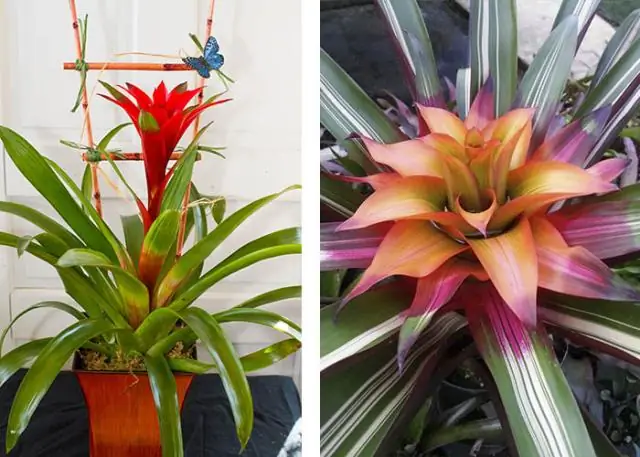
Congratulations! You’ve now mastered the art of bromeliad care indoor instructions: all you need to Know. By providing your bromeliad with the right balance of light, water, humidity
FAQs
Does bromeliad need sun?
Bromeliads prefer bright, indirect light. While they can tolerate some direct sunlight, especially morning sunlight, prolonged exposure to intense sun can scorch their leaves. Place bromeliads in a location where they receive filtered or indirect sunlight, such as near a window with sheer curtains or in a bright room without direct sun exposure.
How often do you water bromeliads?
The frequency of watering bromeliads depends on factors such as temperature, humidity, and the type of bromeliad. In general, water bromeliads thoroughly by filling the central cup (also known as the “tank”) with water and emptying it periodically to prevent stagnation. Water the soil around the bromeliad’s roots sparingly, allowing it to dry out slightly between waterings. Typically, water bromeliads every 1-2 weeks, adjusting based on specific conditions.
How long do potted bromeliads last?
Potted bromeliads can last for several years with proper care. While individual flowers may last for several weeks to months, the overall plant can continue to thrive and produce new growth for several years. Some bromeliads may also produce offsets, or “pups,” which can be removed and replanted to propagate new plants.
Do bromeliads only flower once?
No, bromeliads do not only flower once. While the individual flowers of a bromeliad may bloom for a limited time, the plant itself can continue to produce new flowers over its lifespan. Additionally, some bromeliad species may produce offsets, or “pups,” which can bloom independently once mature.
Can bromeliads get too much sun?
Yes, bromeliads can get too much sun, especially if exposed to intense, direct sunlight for prolonged periods. Too much sun can cause the leaves to burn or scorch, leading to damage or discoloration. To prevent sun damage, place bromeliads in a location with bright, indirect light or provide shade during the hottest part of the day, especially in warmer climates.
How do I get my bromeliad to flower again?
To encourage your bromeliad to flower again:
- Provide adequate light: Ensure the plant receives bright, indirect light, which is essential for flowering.
- Maintain proper care: Water the plant regularly, ensuring the central cup is filled with water and the soil is kept slightly moist but not waterlogged.
- Use appropriate fertilizer: Apply a balanced fertilizer diluted to half strength during the growing season to promote healthy growth and flowering.
- Be patient: Bromeliads may take some time to produce new flowers, so continue to provide proper care and patience while waiting for blooms to appear. Once the plant has finished flowering, it may produce offsets, or “pups,” which can eventually bloom on their own.
